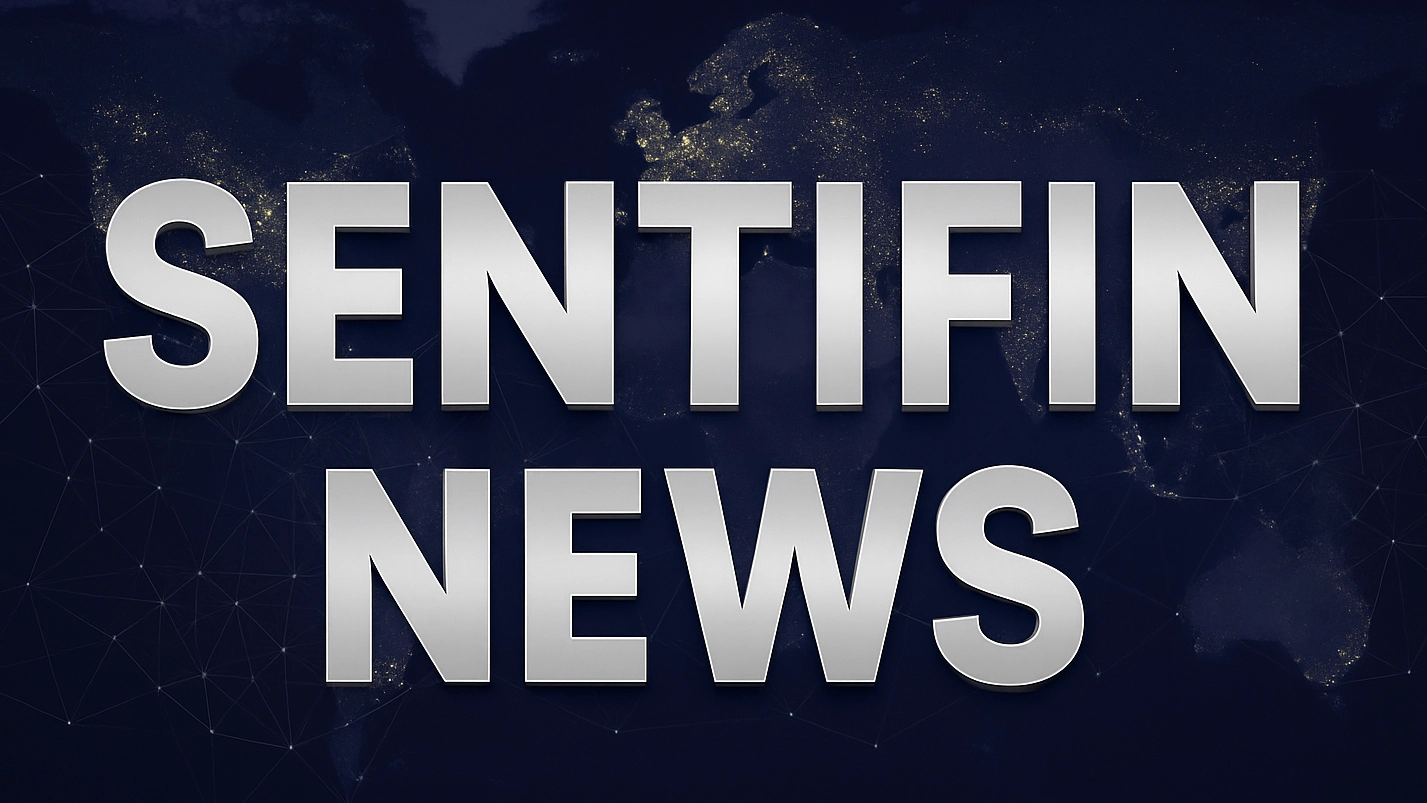CoreWeave Inks $4 Billion AI Deal, Proving CRWV's 'Not Issuing Debt To Fund Speculative CapEx,' Says Analyst

News Summary
AI cloud computing firm CoreWeave (CRWV) has secured $4 billion through a joint venture to fund its planned expansion in Lancaster, Pennsylvania. This deal involves funds managed by Blue Owl Capital, affiliates of Chirisa Technology Parks (CTP), and Machine Investment Group (MIG), and is dedicated to the Lancaster campus, envisioned as an innovation hub for the latest AI applications. According to Rittenhouse Research, this investment directly refutes criticisms regarding CoreWeave's financial strategy, asserting that CRWV's debt is not funding speculative CapEx. The analysis highlights that the majority of CoreWeave's debt is tied to underlying customer contracts, with 98% of its revenue linked to specific long-term (4+ years) agreements, demonstrating a robust and de-risked business model. CoreWeave successfully lowered its cost of debt capital in Q2, with the implied average interest rate declining from 13% to 11% quarter-over-quarter, despite total debt increasing from $8.8 billion to $11.2 billion. This indicates growing market confidence in its approach. Blue Owl also stated its intention to fund up to $20 billion of developments for CTP. CoreWeave's shares closed 1.07% lower on Tuesday and rose 0.50% after hours, having gained 128.48% since its March listing. However, Benzinga's stock rankings indicate a weaker price trend across short, medium, and long terms, and poor value scores.
Background
CoreWeave is an AI cloud computing firm known for providing high-performance computing resources and customized solutions. The company operates within a context of surging demand for high-performance computing infrastructure, driven by the explosive growth of AI technologies. However, this rapid expansion and reliance on capital have raised market concerns, with some analysts drawing comparisons between the current AI infrastructure build-out and the telecom bubble of the early 2000s, questioning the sustainability of growth and corporate debt loads.
In-Depth AI Insights
What does CoreWeave's contract-backed debt model truly signify for the broader AI infrastructure investment landscape, especially amidst "bubble" concerns? - This suggests a fundamental shift in how capital is deployed in high-growth tech. Unlike the speculative CapEx of the dot-com bubble, this model de-risks investment by tying it to guaranteed demand. - It could attract more institutional capital to AI infrastructure, but also creates a dependency on large, stable customer contracts, meaning growth ceilings might be constrained by the quantity and quality of available long-term agreements. - If widely replicated, this model would make AI infrastructure financing more sustainable, but simultaneously make capital support for nascent or unproven AI application providers more challenging, potentially exacerbating market bifurcation. How does the declining cost of CoreWeave's debt, despite increased borrowing, reflect market sentiment and potential competitive advantages? - It indicates growing lender confidence in CoreWeave's specific business model, differentiating it from general AI infrastructure plays. This lower cost of capital gives CoreWeave a significant competitive edge, allowing it to expand more aggressively and potentially underprice competitors who face higher borrowing costs. - It also signals a maturing of the AI infrastructure lending market, where established, de-risked models are rewarded. This could prompt other companies to emulate the model, but only those that can demonstrate strong customer contracts and revenue streams will enjoy similar advantages. Beyond the immediate financial implications, what strategic plays might CoreWeave and its partners, like Blue Owl, be making to solidify their long-term positions in the AI value chain? - Ecosystem Control: By funding specific data center developments, Blue Owl and partners are not just lending money; they are investing in the physical infrastructure that underpins the AI boom. This gives them a strategic stake in the future of AI compute and potentially deeper integration and influence down the line. - Geographic Diversification & Resilience: The Lancaster, PA expansion, along with existing Virginia developments, suggests a strategy to build out geographically diverse and resilient AI compute clusters, reducing single-point-of-failure risks and catering to varied regional demands. - Energy Infrastructure Integration: The partnership to fund local power grid improvements with PPL Electric Utilities shows CoreWeave actively addressing a critical bottleneck for AI data centers—power supply. This proactive integration not only ensures operational stability but also positions them for long-term cost advantages and environmental benefits, aligning with the Trump administration's focus on American infrastructure modernization.